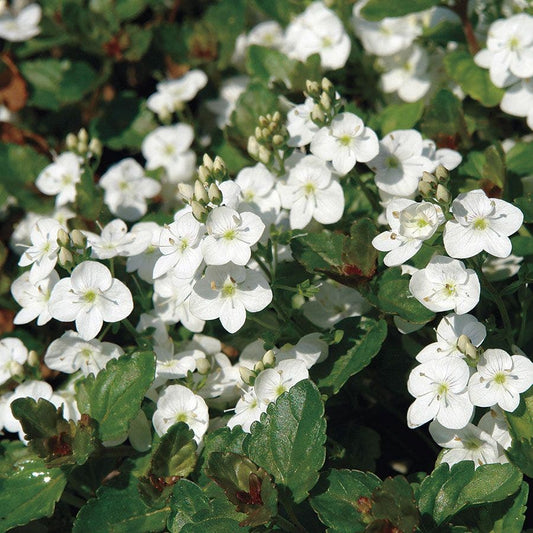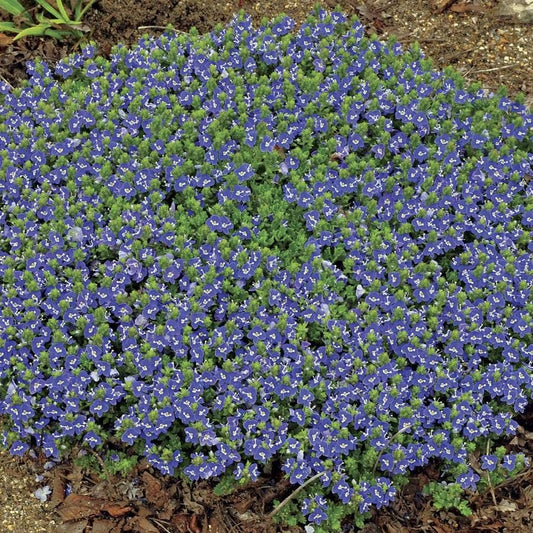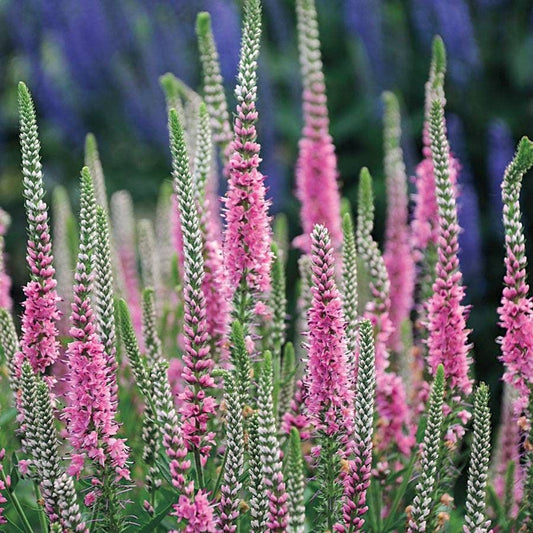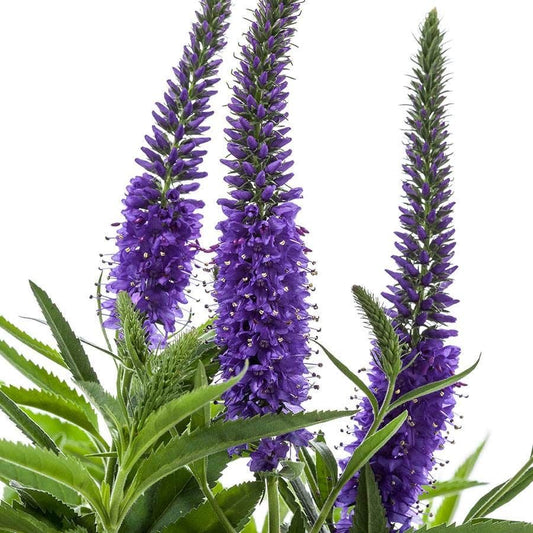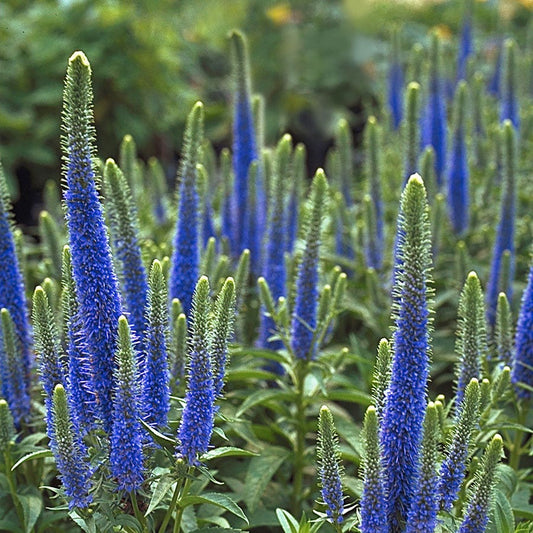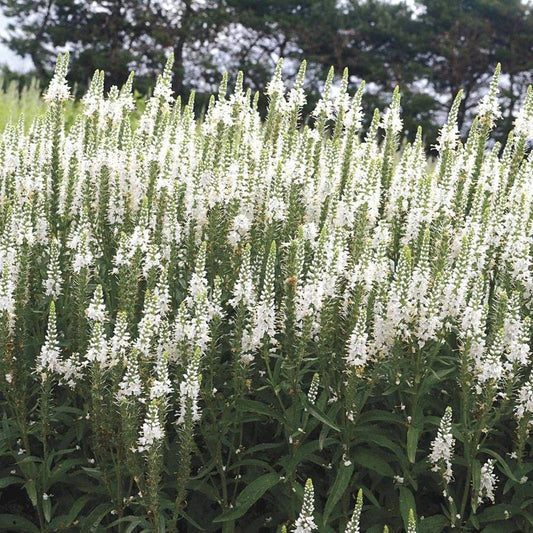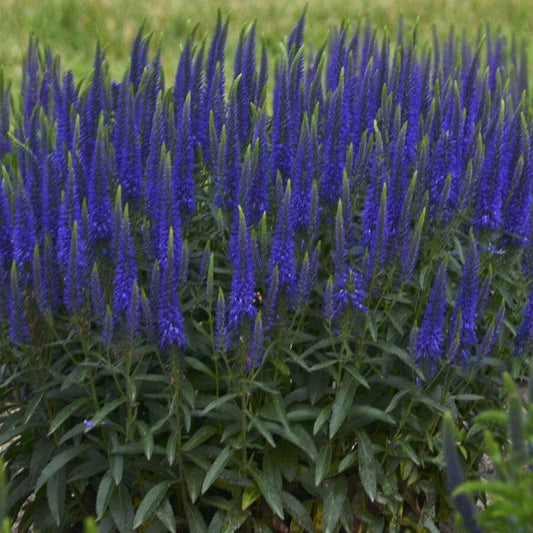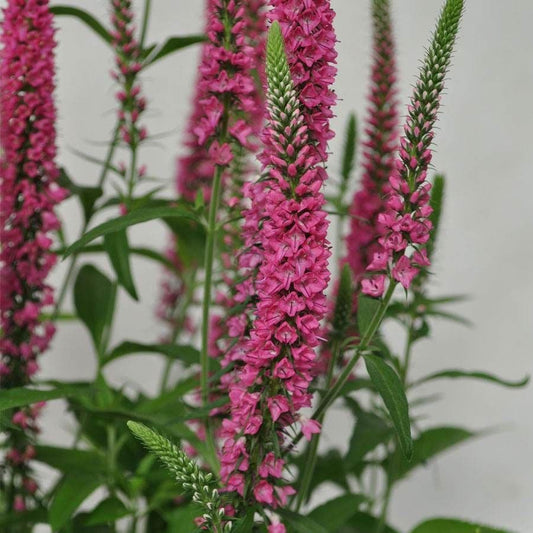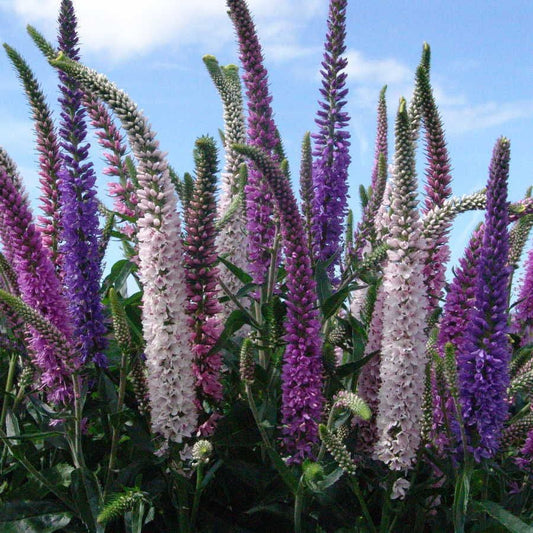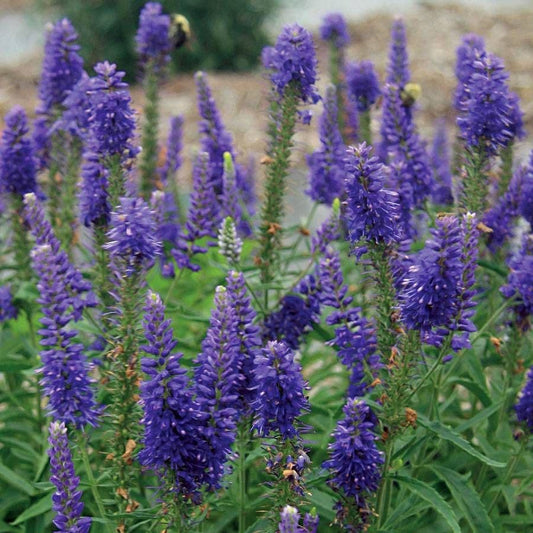Veronica Plants
The Veronica genus contains herbaceous hardy perennials and a few annuals, commonly called speedwells, that bloom from late spring through early autumn, depending on species.
-
Whitewater Speedwell
Regular price $18.95Regular priceUnit price / per -
Veronica 'Lavender Lightsaber'
Regular price $18.95Regular priceUnit price / per -
'Tidal Pool' Speedwell
Regular price $15.95Regular priceUnit price / per -
Veronica 'Perfectly Picasso'
Regular price $17.95Regular priceUnit price / per -
Veronica Vernique® Blue
Regular price $23.95Regular priceUnit price / per -
Veronica Magic Show® 'Pink Potion'
Regular price $12.95Regular priceUnit price / per -
Veronica Royal Candles Speedwell
Regular price $22.95Regular priceUnit price / per -
Veronica 'Royal Rembrandt'
Regular price $17.95Regular priceUnit price / per -
Veronica Magic Show® 'White Wands'
Regular price $23.95Regular priceUnit price / per -
Veronica Magic Show Wizard of Ahhs Speedwell
Regular price From $12.95Regular priceUnit price / per -
Veronica Vernique® Raspberry
Regular price $23.95Regular priceUnit price / per -
Veronica 'Atomic Ray Mix' Speedwell
Regular price $30.95Regular priceUnit price / per -
Moody Blues® Dark Blue Speedwell
Regular price $14.95Regular priceUnit price / per
Veronica Plants
Speedwells are hardy, easy to grow, and low maintenance
Veronicas come in a variety of sizes from low-growing, mat-forming ground covers (prostrate speedwells) with clusters of small flowers to tall, upright, and bushy plants (spike speedwells) with large, spiky terminal racemes dense with tiny, starry flowers that make great cuts for floral arrangements. Flower color ranges from deep blues and purples through mauves and pinks to pale blues and whites. Both types of flowers attract bees, butterflies, and hummingbirds.
Veronica is a genus of about 250 species native to a wide variety of habitats from alpine meadows, grasslands, and woodlands to dry, rocky hillsides. Many cultivars and new hybrids are available. Familiar prostrate species include V. alpina (alpine speedwell); V. prostrata (harebell speedwell [syn. V. rupestris]), Royal Horticultural Society Award of Garden Merit; V. repens (creeping speedwell); V. pectinate (comb speedwell); and V. gentianoides (gentian speedwell). Popular spike varieties include V. longifolia (long-leaf speedwell); V. austriaca (Hungarian speedwell); and V. spicata (spiked speedwell). Shown to best effect when grouped or massed, upright speedwells typically form a basal rosette and create an elegant vertical accent, while prostrate speedwells spread along the ground and are lovely trailing over low walls or as edging.
Hardy, easy to grow, and low maintenance, speedwells thrive in full sun to partial shade and average to poor, rocky soil. Good drainage is an absolute must, especially in winter. They are fairly disease and pest free and deer and rabbit resistant.
